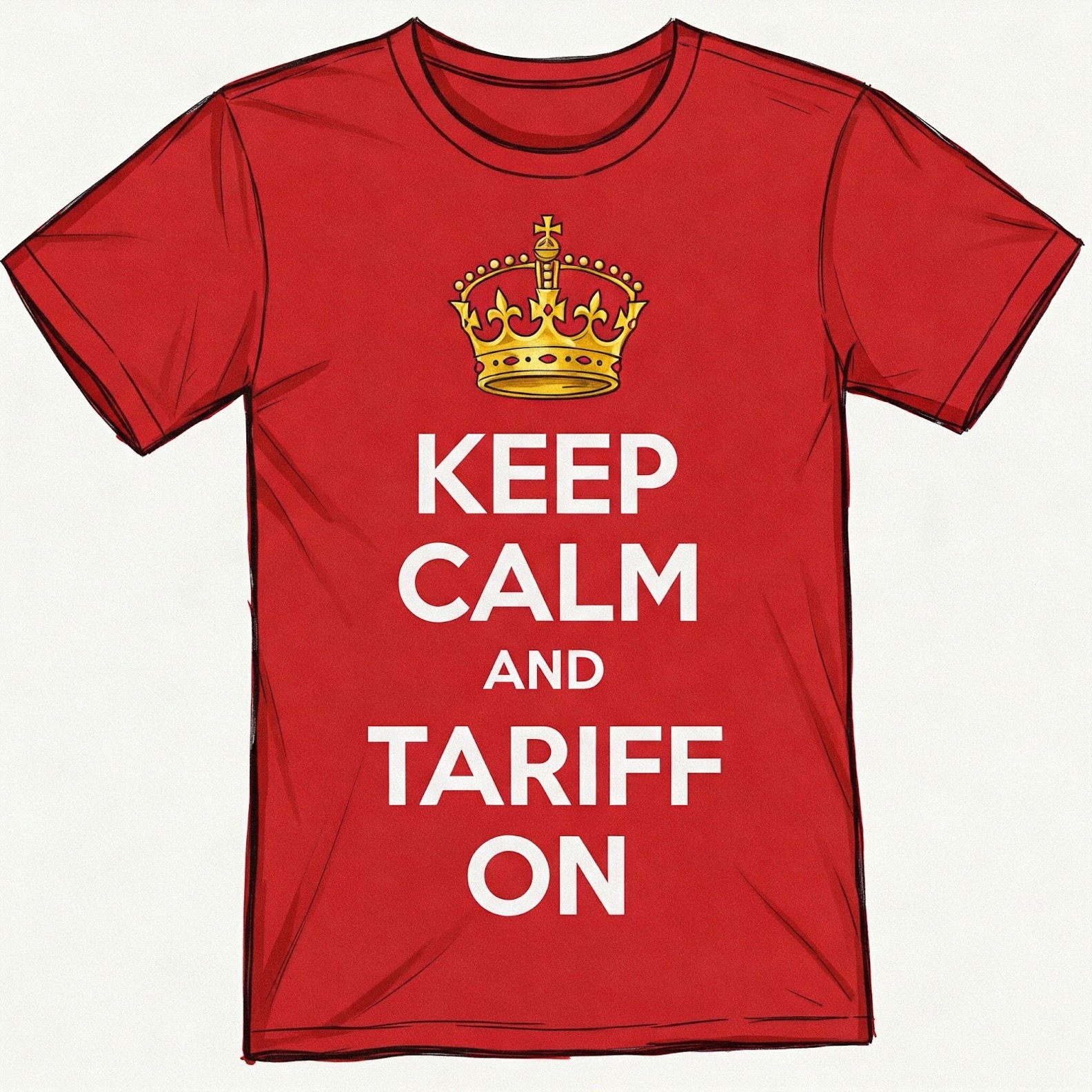
Posted October 20, 2023
By Sean Ring
Lessons from Lebanon
- Lebanon is a fascinating country just north of Israel.
- Unbeknownst to many, it was a Christian country before it became a Muslim majority.
- Lebanon is why diplomats shouldn’t draw straight lines on a map.
Happy Friday!
Lebanon, a small but intricate Middle Eastern nation, lies perched on the Mediterranean coast and packed with many religious, ethnic, and political complexities. Understanding Lebanon’s religious demographics offers more than a slice of historical pie; it’s a full-course meal with economics, geopolitics, and culture layered in.
The Background
First, some background. Lebanon is a sectarian-based society. Religious identities are deeply interwoven into the country's political fabric, dating long before the modern Lebanese state emerged.
Historically, the Maronite Christians had considerable influence and majority status in Lebanon, especially in the Mount Lebanon area. This influence was fortified during the era of the Ottoman Empire when Lebanon was part of the greater Syrian region. Under the Ottoman millet system, which was a framework for allowing religious communities to govern themselves according to their laws, the Maronites enjoyed a reasonable amount of autonomy and safety in the mountainous regions they inhabited.
The Sykes-Picot Agreement
Fast forward to the 20th century, when the French took control of Lebanon after World War I as part of the infamous Sykes-Picot Agreement. It’s a deal as notorious in the Middle East as subprime mortgages are in the world of finance.
The Sykes-Picot Agreement was a clandestine deal that redrew the map of the Middle East and laid the groundwork for a century of turmoil, geopolitical chess, and economic opportunism. Remember it well, as it’s one of the reasons David Fromkin named his bestselling book The Peace to End All Peace.
For a start, the Ottomans had ruled much of the Middle East for centuries. Their empire was a sprawling mass that incorporated a variety of ethnic, religious, and cultural groups. The one thing that united them? They were subjects of the Sultan in Istanbul.
Sykes and Picot, however, saw the Middle East through the lens of strategic interests, access to vital resources (you guessed it - oil), and good old colonial exploitation. They weren't concerned about the Shia or Sunni, the Kurds or the Arabs; they were looking at the geopolitical chessboard and wanted to place their pieces wisely.

Credit: https://altahrir.wordpress.com/2016/07/30/the-secret-sykes-picot-agreement/
So, the agreement went like this: Britain would get control over what are now Iraq, Kuwait, and parts of Jordan. France would get modern-day Syria and Lebanon. Palestine would be under international administration because of its significance to Christians, Jews, and Muslims. Maps were drawn, and lines—oh, those notorious straight lines—were etched onto the canvas of the Middle East with the nonchalance of a graffiti artist tagging a subway train.
The problem? People live in those etchings. People with histories, cultures, and traditions that didn't fit neatly within those straight lines.
The Kurds were split among Turkey, Iraq, and Syria. The Sunnis and Shias found themselves sharing future battlegrounds. Christians in Lebanon found themselves in a Francophile state, distanced from their Arab hinterland. Sykes-Picot didn't just allocate territory; it sowed the seeds for conflicts that would rage for generations.
Lebanon, Specifically
Under the French Mandate in Lebanon, the French colonial powers favored the Maronite Christians. Their majority status was institutionalized when creating the modern Lebanese state in 1943. This new state, larger than the historic Mount Lebanon, was a cocktail of religious groups, including Sunni Muslims, Shia Muslims, Druze, and, of course, Maronite Christians.
The 1943 National Pact, a gentlemen’s agreement, if you will, was Lebanon’s attempt at power-sharing. The unwritten accord specified that the president would be a Maronite Christian, the prime minister a Sunni Muslim, and the speaker of the parliament a Shia Muslim.
This quid pro quo aimed to acknowledge the Christian majority while accommodating the Muslim populace. However, there was one critical flaw: this power-sharing model was established based on a 1932 census, which was never updated.
Why? Because the religious demographics were changing, doing a new census was tantamount to opening Pandora’s box.
Now, let’s get into the demographic shift itself. Several factors contributed to the change from a Christian majority to a Muslim majority in Lebanon.
First, different Muslim and Christian communities had varying birth rates, with Muslims outpacing Christians. (Sound familiar?)
Secondly, urbanization and modernization had an impact. The booming city of Beirut attracted a large Sunni Muslim population, altering the religious balance.
But the game-changer was the Palestinian influx.
Those Palestinians, Again…
The arrival of Sunni Palestinian refugees after the 1948 Arab-Israeli war and subsequent conflicts led to a further increase in the Muslim population.
The Palestinians added numbers and a volatile political ingredient to Lebanon’s complex religious recipe. The tension reached its zenith during the Lebanese Civil War (1975-1990), a destructive conflict that shattered the country and left it deeply scarred physically and spiritually.
When right-wing pundits ask why Muslim countries aren’t taking in Palestinian refugees, this is part of the answer.
The war brought further demographic changes. Many Christians emigrated, leading to a decline in their population percentage. This diaspora has continued, with many Lebanese Christians residing abroad, from Sydney to São Paulo.
Fast forward to the 21st century, and the Muslim majority is an open secret, yet the political system still operates as if it’s 1943. Add in the Syrian crisis, which has led to an influx of Muslim refugees into Lebanon, and the demographic kaleidoscope turns once again.
Wrap Up
From an economic and geopolitical angle, this shift is seismic. Lebanon is a case study of how changing religious demographics reflect and affect socio-economic stability and political alliances. America needs to take note. Europe, at least the Western part, is already lost.
With the rise of Iran-backed Hezbollah, a Shia group, as a dominant political and military force, the U.S. and the West must re-calibrate their strategies in the region. For instance, the petrodollar recycling mechanism, a cornerstone of U.S. dollar hegemony, becomes shaky when geopolitical allies become complicated frenemies.
In sum, Lebanon’s shift from a Christian to a Muslim majority is filled with historical contingencies, colonial legacies, and geopolitical intricacies. And it’s far from over.
We see the unintended consequences of colonialism, the pitfalls of power-sharing based on religious identity, and the undeniable influence of demographic changes on economics and geopolitics.
Understanding Lebanon isn’t just an academic exercise. It’s essential for anyone looking to navigate the complexities of Middle Eastern geopolitics, global finance, or even the labyrinthine networks of power and influence that shape our world today.
After all, in our interconnected global village, a tremor in a small Middle Eastern country can send shockwaves across capitals, markets, and war rooms.
We’re in the middle of one of those shockwaves right now.
Have a great weekend.

Keep Calm and Tariff On!
Posted April 03, 2025
By Sean Ring

Private Equity’s Latest Target: Your Parents
Posted April 02, 2025
By Sean Ring

Gold to the Moon, Crypto to the Morgue
Posted April 01, 2025
By Sean Ring

TANKED! Trump’s Tariff Update
Posted March 31, 2025
By Sean Ring

Your Wallet: Fill ‘Er Up!
Posted March 28, 2025
By Sean Ring

